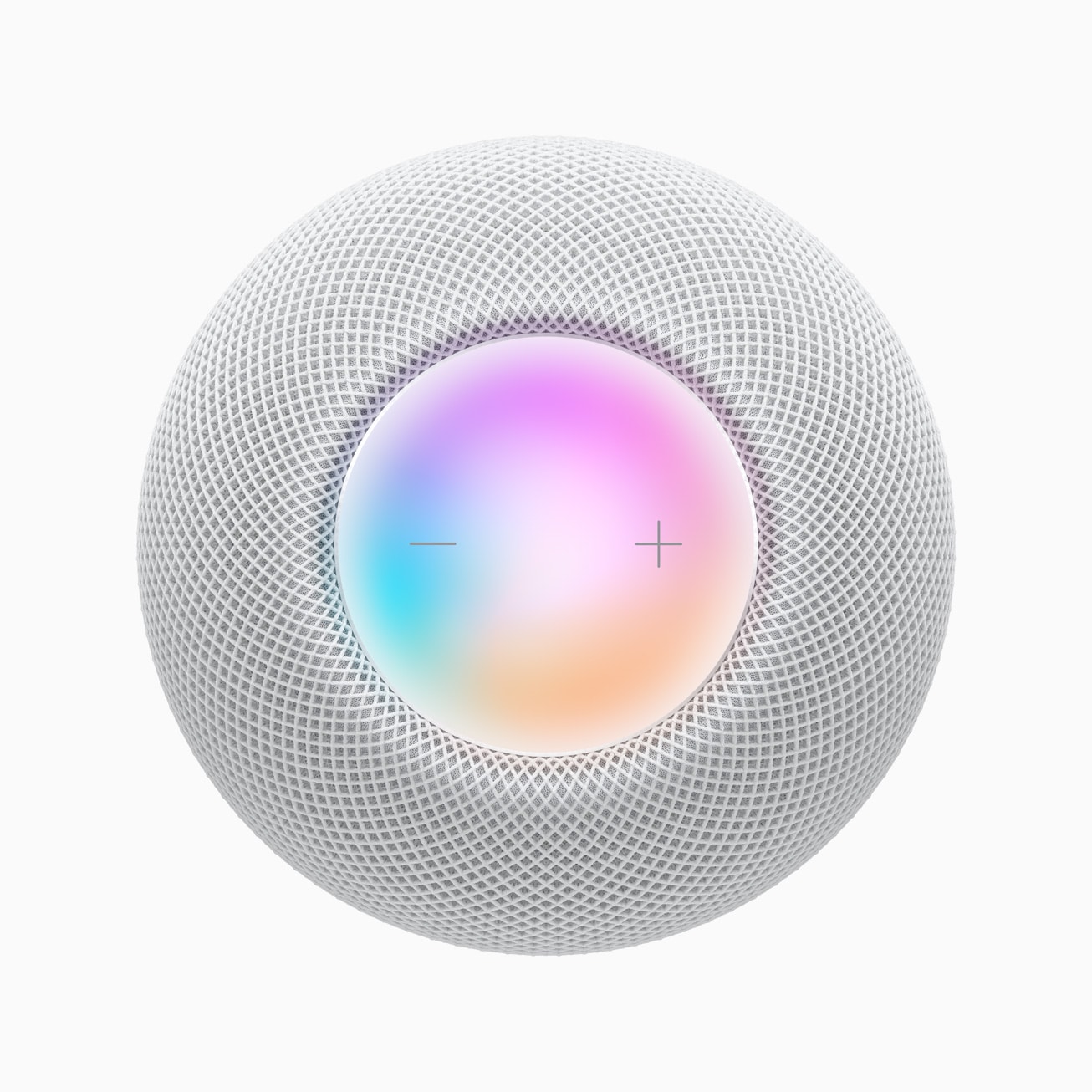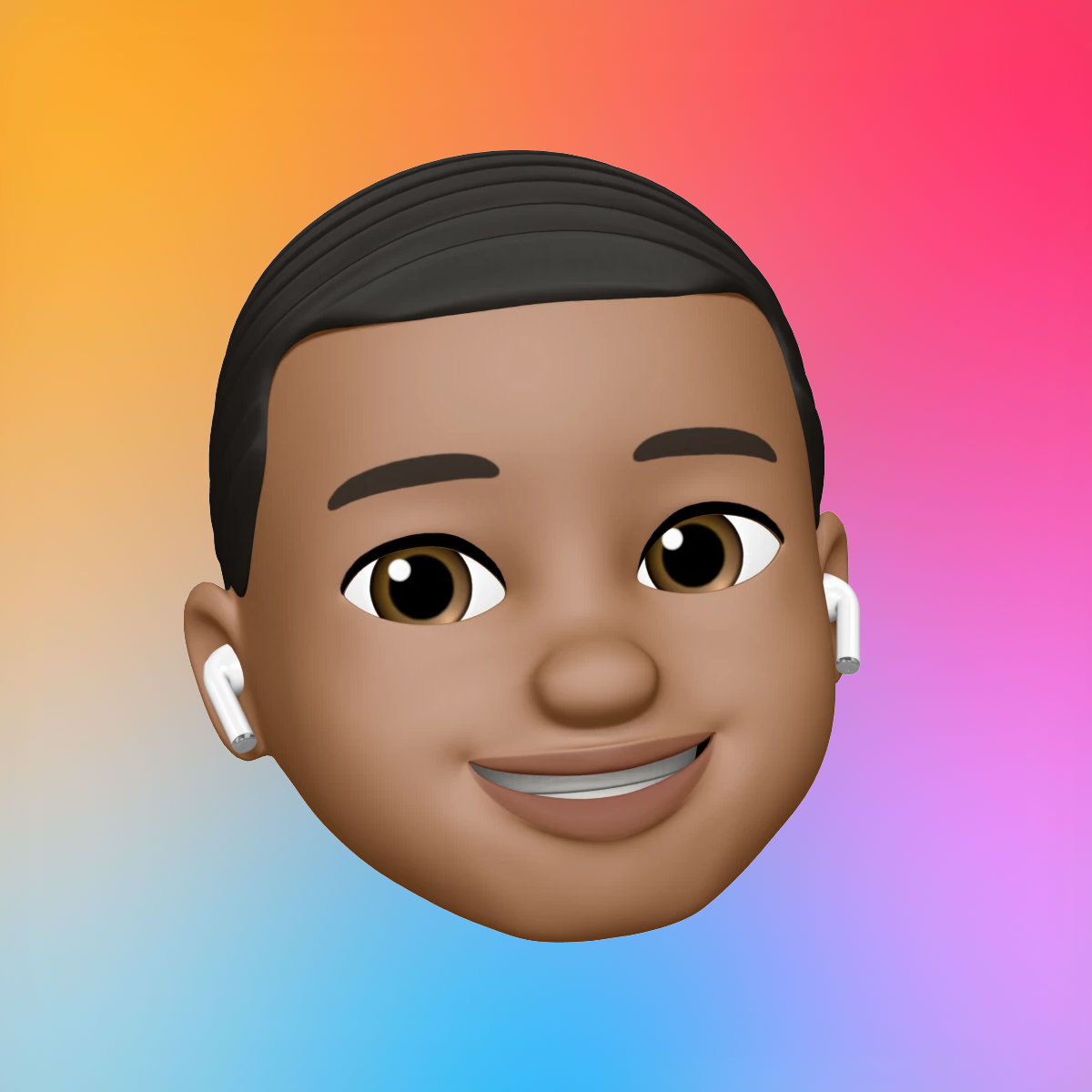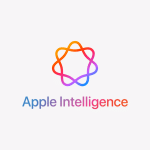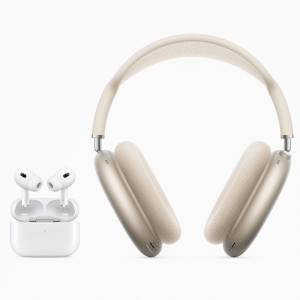The decision to integrate external AI models stems from practical realities. Apple’s proprietary AI, while privacy-focused and integrated with its ecosystem, has faced delays and limitations. Features promised for Siri, such as onscreen awareness and personal context understanding, have been pushed to 2026 due to architectural challenges. Meanwhile, companies like OpenAI, with its ChatGPT model, and Anthropic, known for its Claude AI, have developed advanced language models that excel in conversational depth and contextual reasoning. By tapping into these technologies, Apple can deliver a more responsive and versatile Siri, addressing user demands for a smarter assistant without waiting years for in-house solutions to mature.
This approach isn’t new for Apple. The company has a history of partnering strategically to bridge gaps, as seen with its use of Google’s search engine in Safari or Intel chips in early Macs. Integrating third-party AI allows Apple to enhance user experience immediately, maintaining its reputation for polished, reliable products. For users, this could mean Siri handling complex queries—like summarizing emails or analyzing onscreen content—with the sophistication of ChatGPT, while still operating within Apple’s privacy-focused framework.
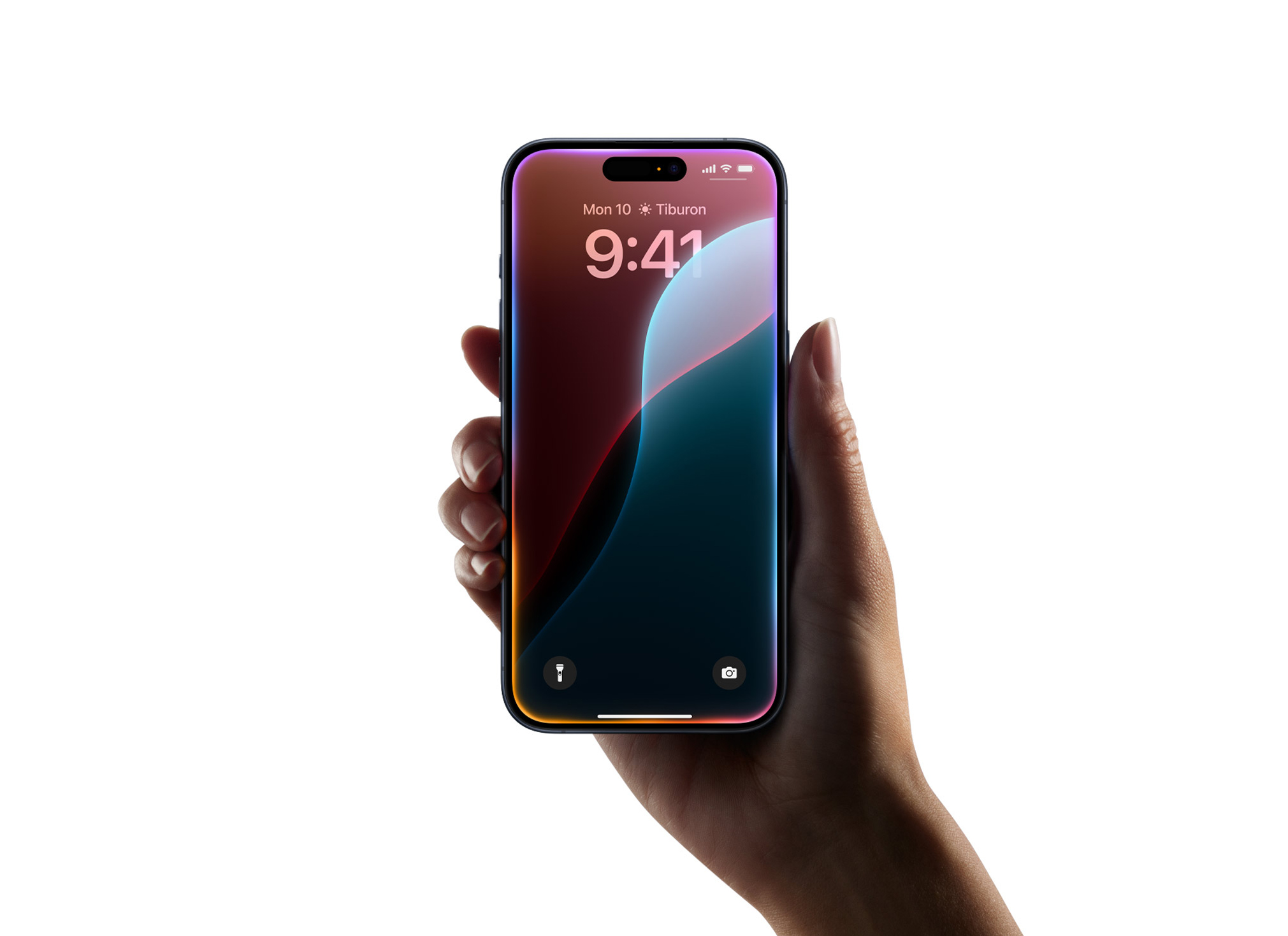
Balancing Privacy with Performance
Apple’s commitment to user privacy remains a cornerstone of its brand. Unlike many competitors, Apple Intelligence emphasizes on-device processing and Private Cloud Compute, ensuring data isn’t stored or shared without consent. Incorporating third-party AI raises questions about how Apple will maintain this standard. Reports indicate that any integration with OpenAI or Anthropic would include strict controls, requiring user permission before sharing data with external models. This hybrid approach—leveraging external expertise while enforcing Apple’s privacy protocols—could offer the best of both worlds, delivering advanced AI capabilities without compromising security.
For example, when Siri taps into ChatGPT for specific tasks, users are prompted to approve the request, ensuring transparency. This model could extend to other third-party systems, allowing Apple to offer powerful features like real-time language translation or image analysis while keeping data handling secure. By carefully curating how and when external AI is used, Apple can maintain its privacy-first ethos, a key differentiator in a market where data concerns are paramount.
The Competitive Landscape
The AI race is heating up, and Apple faces pressure from rivals who are rapidly advancing their offerings. Google’s Gemini AI, integrated into its ecosystem, and Anthropic’s Claude, praised for its ethical design, are pushing boundaries in conversational AI and automation. Meanwhile, Apple’s Siri has been criticized for lagging in contextual understanding and app integration, with promised upgrades like personal context awareness still in development. By partnering with leaders in the field, Apple can close this gap quickly, ensuring its devices remain competitive in an era where AI is becoming a defining feature.
This strategy also buys Apple time to refine its own AI models. Reports suggest the company is working on a second-generation architecture for Siri, expected to roll out with iOS 26.4 in spring 2026. Until then, third-party integration allows Apple to meet user expectations without rushing unpolished features to market, avoiding the backlash seen with delayed Apple Intelligence rollouts in 2024.
What It Means for Users
For iPhone, iPad, and Mac users, this shift could transform daily interactions. Imagine asking Siri to draft a professional email based on a rough note, analyze a photo for details, or automate tasks across apps—all with the fluency and precision of advanced AI models. Features like these, powered by OpenAI or Anthropic, could make Apple devices feel more intuitive and capable, especially for power users who rely on their devices for work and creativity. The integration of ChatGPT in iOS 18 already hints at this potential, with users able to access it for complex queries directly through Siri.
Moreover, this move aligns with Apple’s ecosystem strength. By enhancing Siri’s capabilities, Apple ensures its devices remain the hub of a seamless, interconnected experience, from Messages to Photos to Shortcuts. Users benefit from smarter automation—like creating Memory Movies in Photos or suggesting polls in group chats—without needing to navigate multiple apps or services.
A Long-Term Vision
Apple’s potential pivot to third-party AI isn’t an admission of defeat but a pragmatic step toward staying relevant. By leveraging external models now, Apple can focus on building its own advanced AI in the background, potentially reducing reliance on partners in the future. This mirrors its transition from Intel to Apple Silicon, where strategic partnerships paved the way for in-house innovation. The company’s investment in its Foundation Models, now accessible to developers, suggests a long-term commitment to leading in AI, even if it means borrowing expertise in the interim.
The broader implications extend beyond Siri. As Apple explores AI for smart home devices, like a potential HomePod upgrade or smart camera, third-party AI could enable features like automated lighting based on behavior patterns or real-time alerts for unusual activity. These advancements, powered by robust external models, could position Apple as a leader in the next wave of smart technology.
The Road Ahead
As Apple prepares for its next major software updates, including iOS 26 and macOS Tahoe, the integration of third-party AI could redefine its place in the tech landscape. While some purists may prefer a fully in-house approach, the reality is that users prioritize results—fast, reliable, and intuitive. By partnering with AI leaders, Apple can deliver those results now while laying the groundwork for its own breakthroughs. For a company known for controlling its ecosystem, this willingness to collaborate signals confidence in its ability to adapt and thrive in an AI-driven world.

